Swiss population getting larger, older, more diverse
In the past 150 years, the Swiss population has tripled. Who’s contributing to the boom, and what do the country’s demographics look like today? The details are in the data.
Switzerland: a picture-postcard nation of immaculate high mountains populated by Alpine herdsmen. This cliché is certainly valid for a few Swiss regions like canton Graubünden, which has a population density of 27 people per square kilometre. But nationally, the average population density is almost 10 times that, at 200 inhabitants per square kilometre – although still well below that of neighbouring Germany or Italy.
But in Switzerland’s most populated areas, things get far more crowded. The following map shows that the vast majority of people actually live in a narrow strip between Lake Geneva in the west and Lake Constance in the east. This central plateau region is home to around two-thirds of Switzerland’s eight million people – and with 450 inhabitants per square kilometre, it’s one of the most densely populated parts of Europe.
Slide the cursor across the map to compare average population densities (inhabitants per km2) in Switzerland in 1850 and in 2010.
Over the past 50 years, few European states have experienced as much demographic growth as Switzerland. Since 1960, the population has exploded, from just over five million inhabitants to over eight million – a boom mostly driven by immigrants from Europe. Only a handful of countries – including Iceland, Ireland and Spain – have witnessed greater population increases.
Swiss population growth has been steady over the past half-century, increasing by at least one percent per year. The only slowdown was in the 1970s during the oil crisis.
Aside from that brief downturn, Switzerland has been a country of immigration for decades. The country’s strong, stable economy and the free movement of people agreement with the European Union helped attract tens of thousands of workers, mainly from the EU.
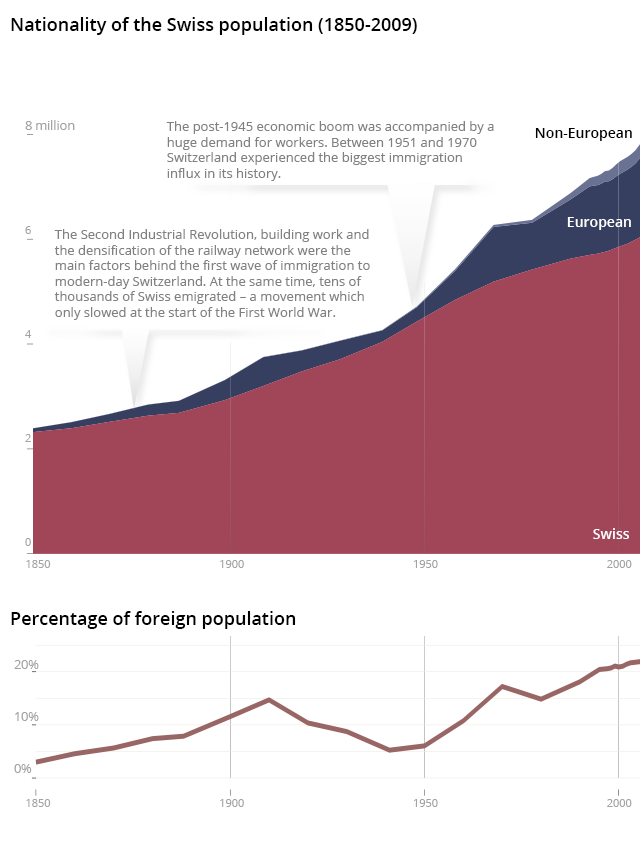
Today, Switzerland has one of the highest percentages of foreign residents in the world: more than one in four people are of foreign origin.
As with most countries, Swiss nationality is not granted automatically, meaning around a fifth of “foreigners” are actually born in Switzerland but keep the nationality of their parents.
In 2013, 85% of foreign residents in Switzerland came from a European country. Immigration from Germany, Italy and, to a lesser extent, France has been going on for years.
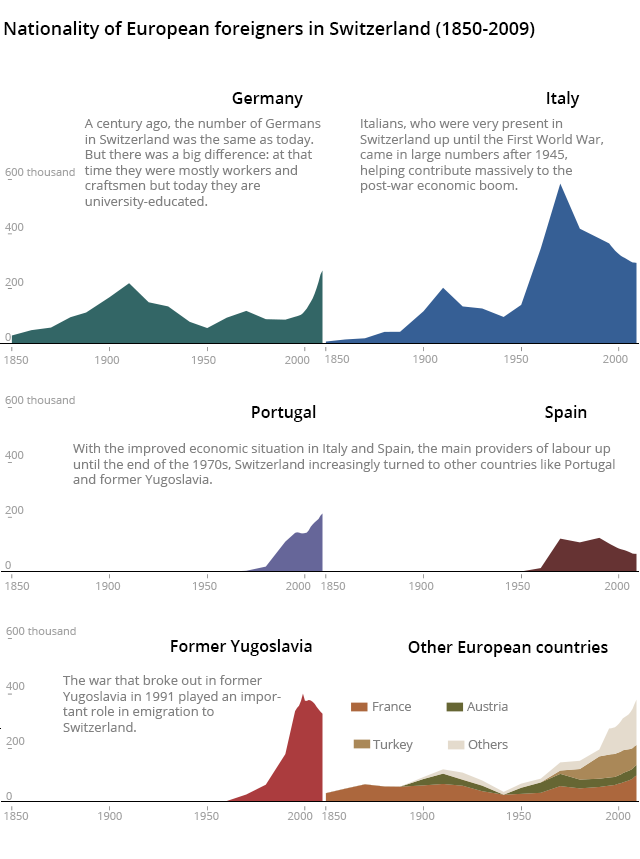
In the past, immigrants to Switzerland tended to be less-qualified workers, but today, foreigners increasingly have a university education. Over half of the Germans and French in Switzerland have higher education qualifications, for example.
Like all industrialised countries, Switzerland’s population is getting older. In 1860, there were 12 people aged 20-64 for every person over 65. Today, this ratio is four to one.

Is Switzerland’s population ageing because of increased life expectancy? Global average life expectancy rose by over 35% – or 18 years – between 1960 and 2012. On average, the Swiss live to be among the oldest in the world, with a projected lifespan of 82 years as of 2013.
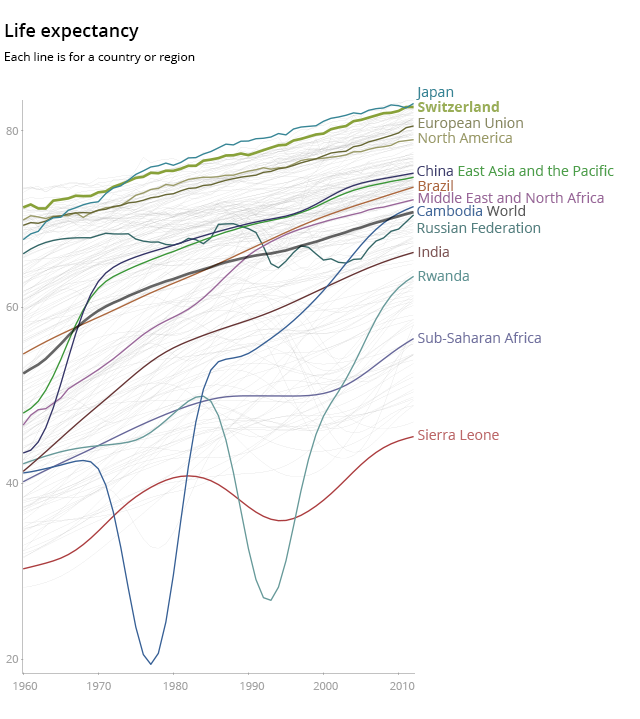
While increased lifespan may seem to be the force behind Switzerland’s ageing population, falling birth rates have much more to do with the change in demographics. Worldwide, the average birth rate has fallen by half over the past 50 years, from five to 2.5 children per woman. In Switzerland, the current rate is 1.5, while it stood at 2.5 during the baby boom period following World War II.
The Swiss birth rate stands below the level needed to ensure demographic renewal. In other words, the Swiss population is slowly getting smaller, or would be if the gap between deaths and births were not largely filled – or excessively filled, according to some critics – by immigrants.
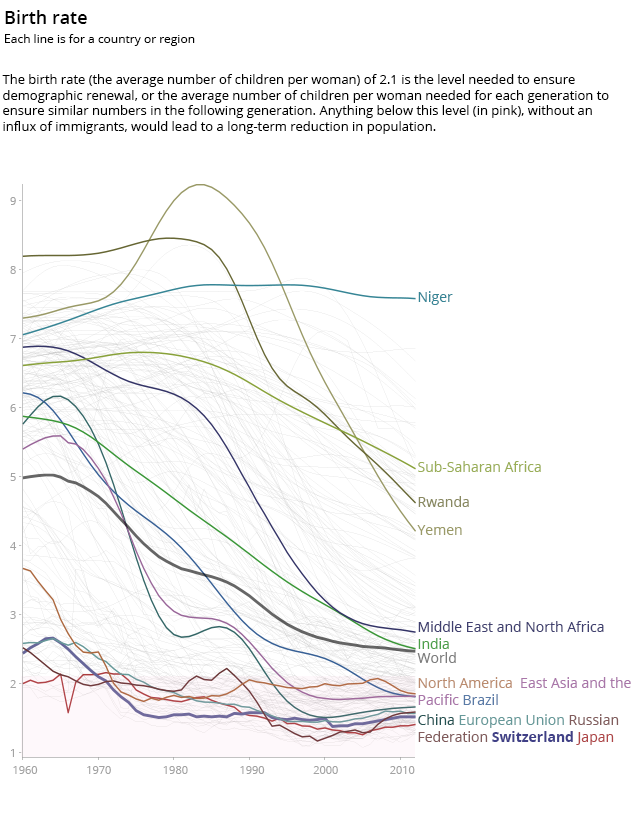

In compliance with the JTI standards
More: SWI swissinfo.ch certified by the Journalism Trust Initiative
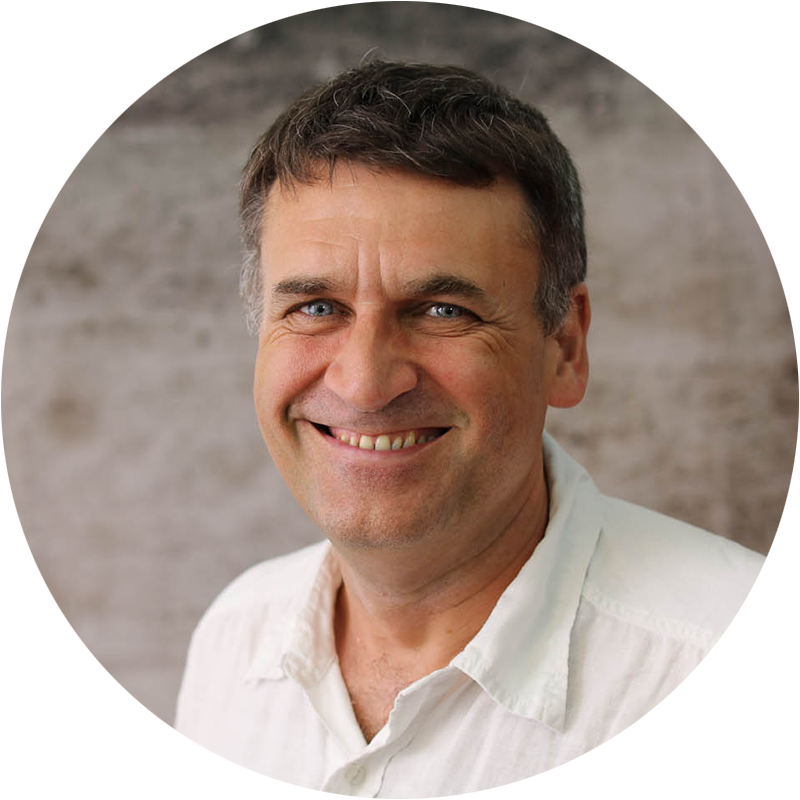









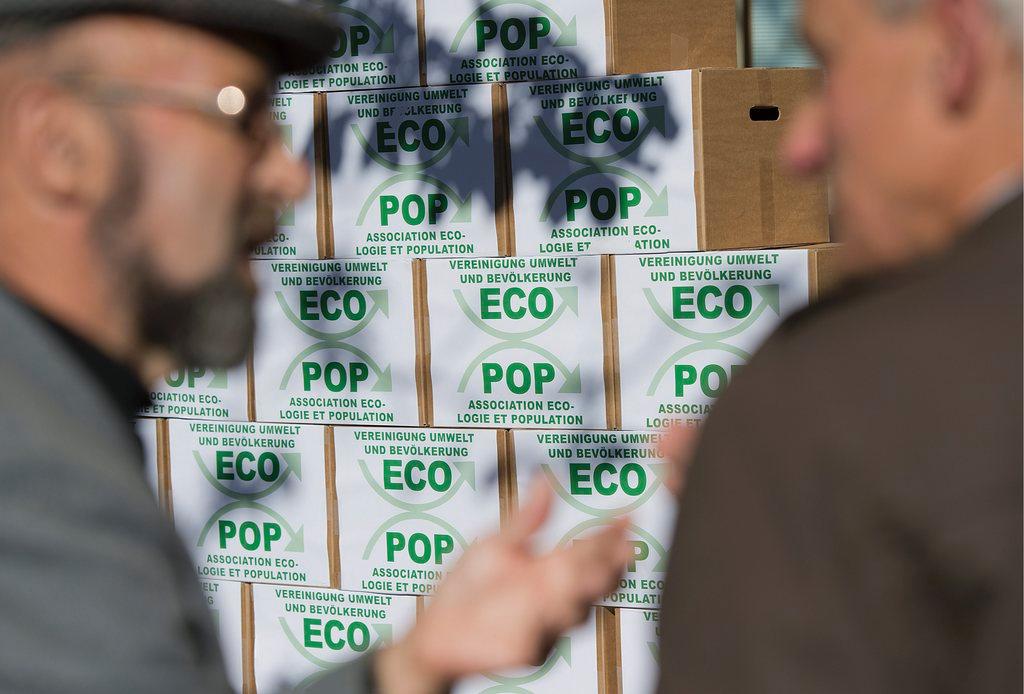
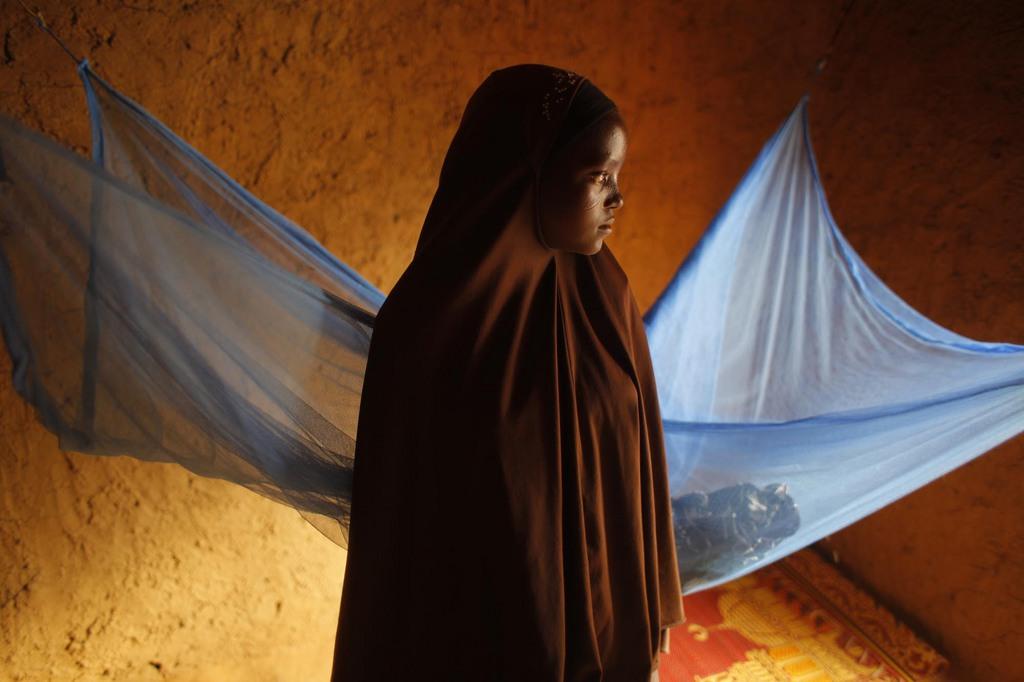


You can find an overview of ongoing debates with our journalists here . Please join us!
If you want to start a conversation about a topic raised in this article or want to report factual errors, email us at english@swissinfo.ch.